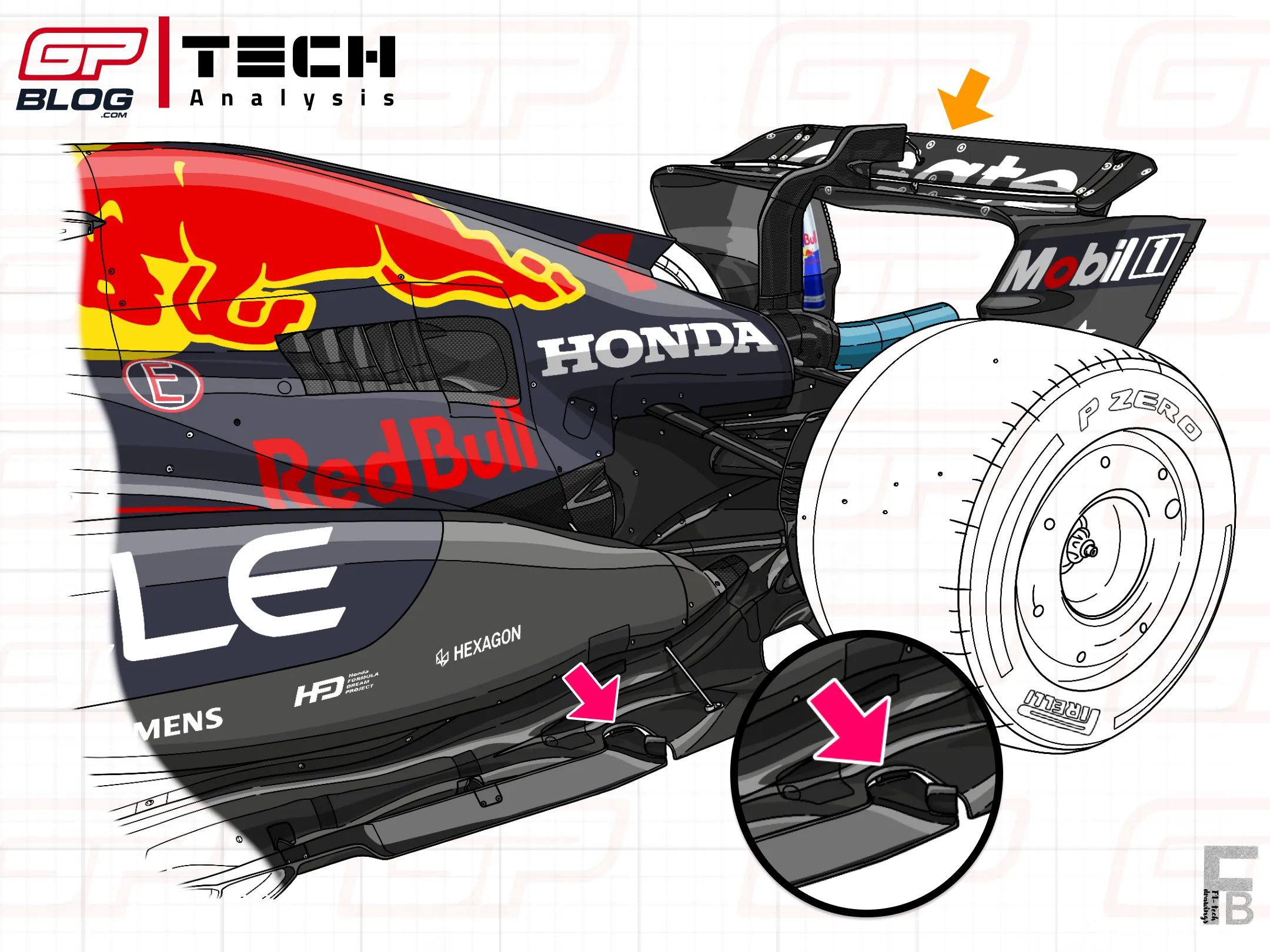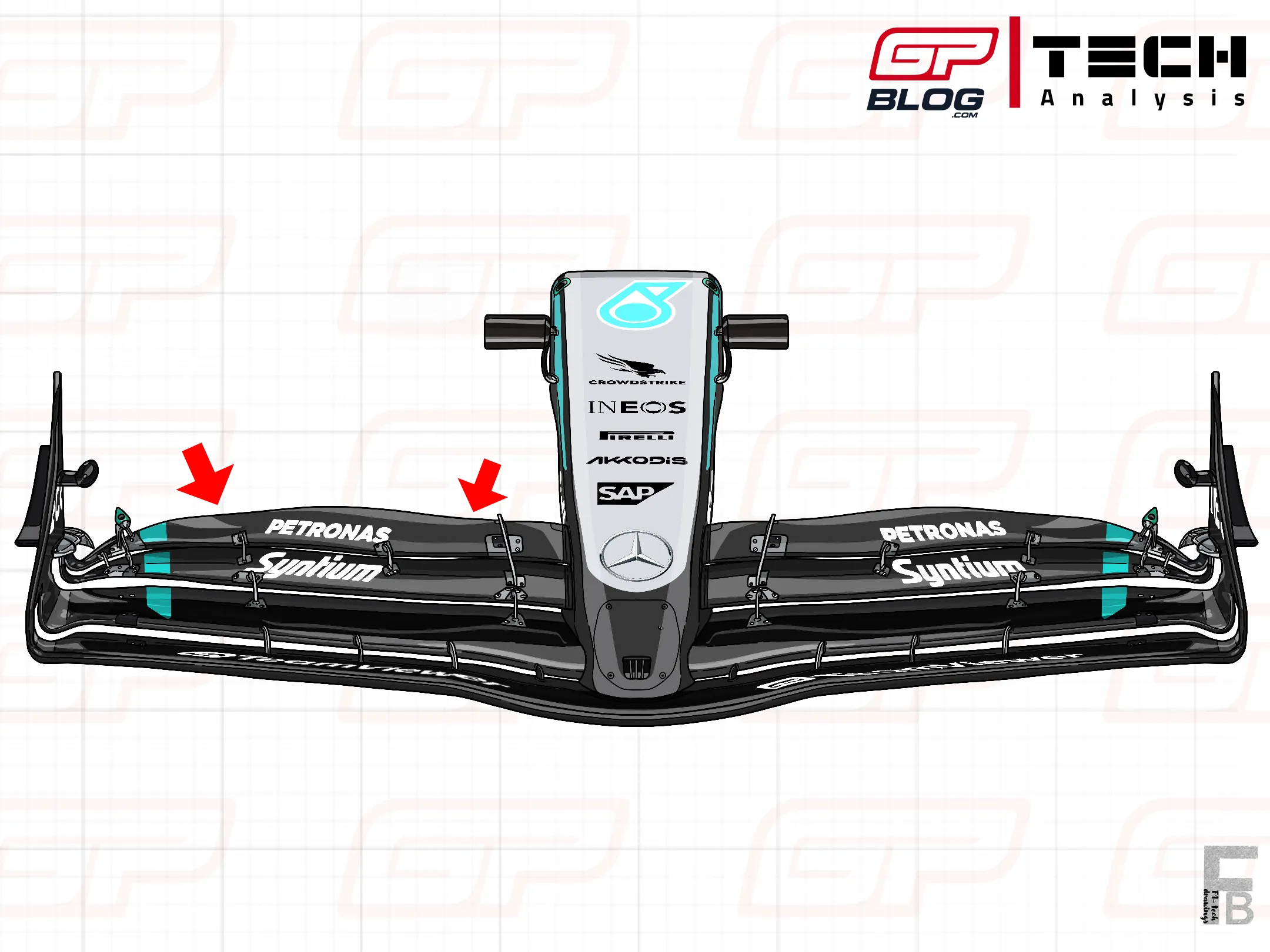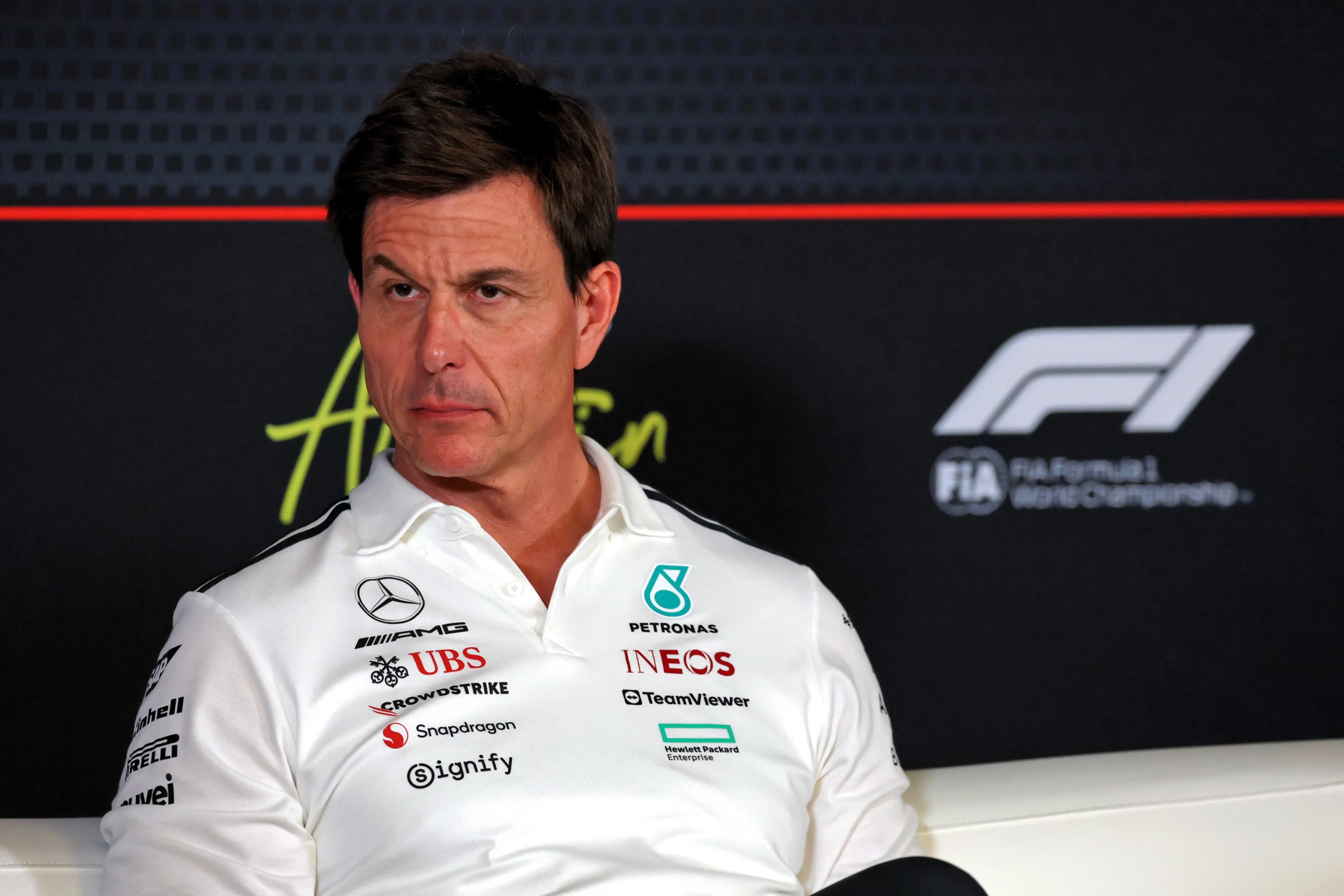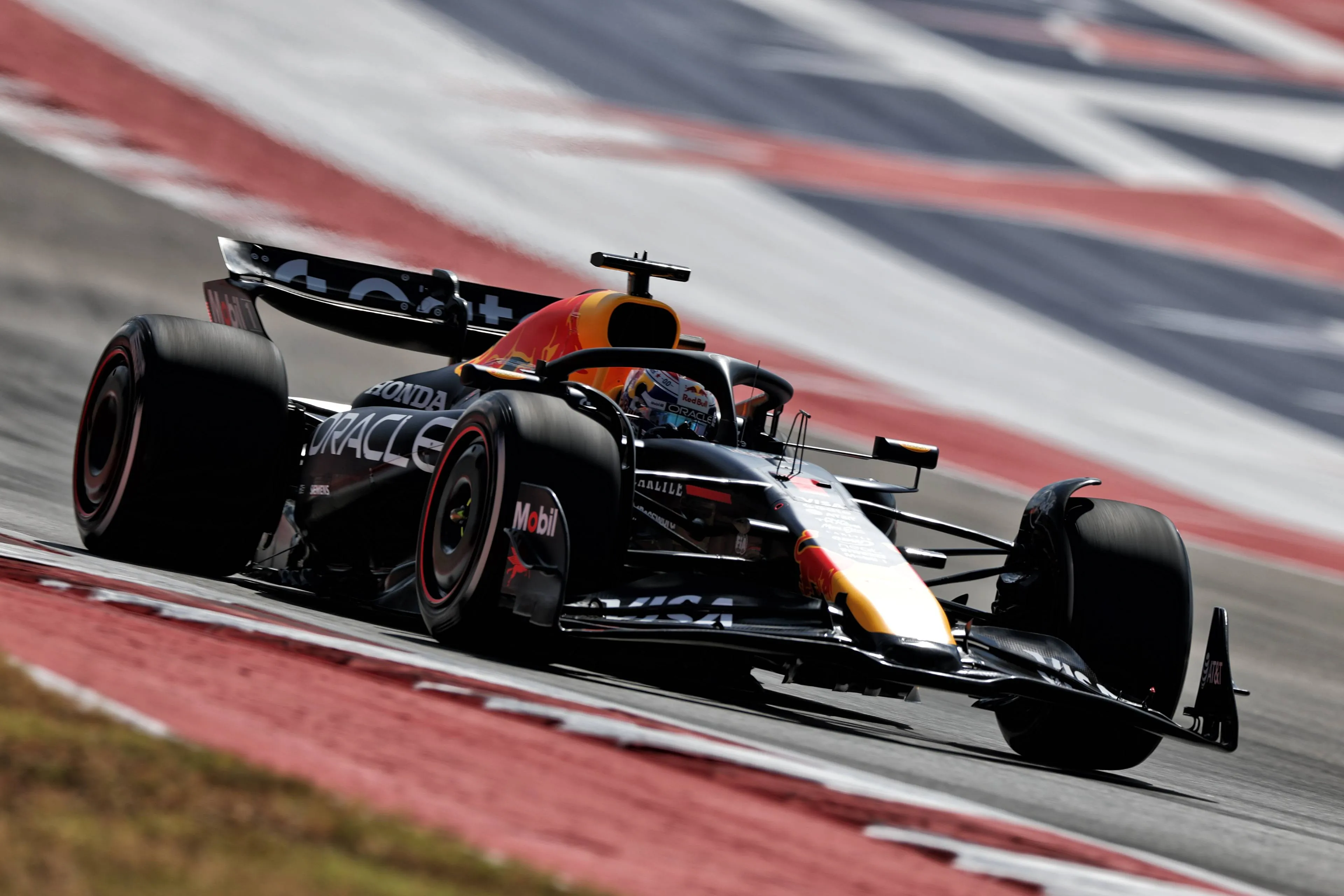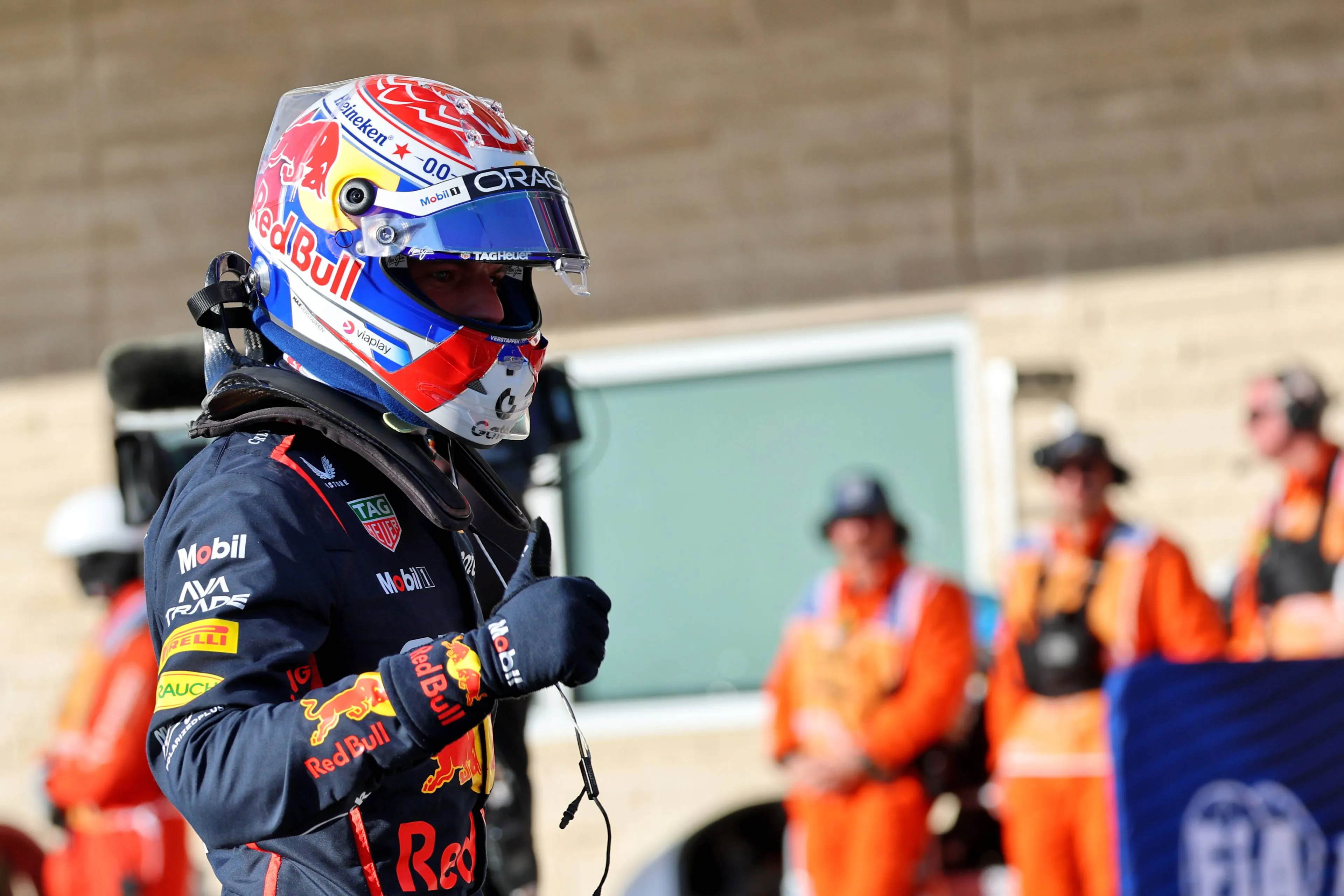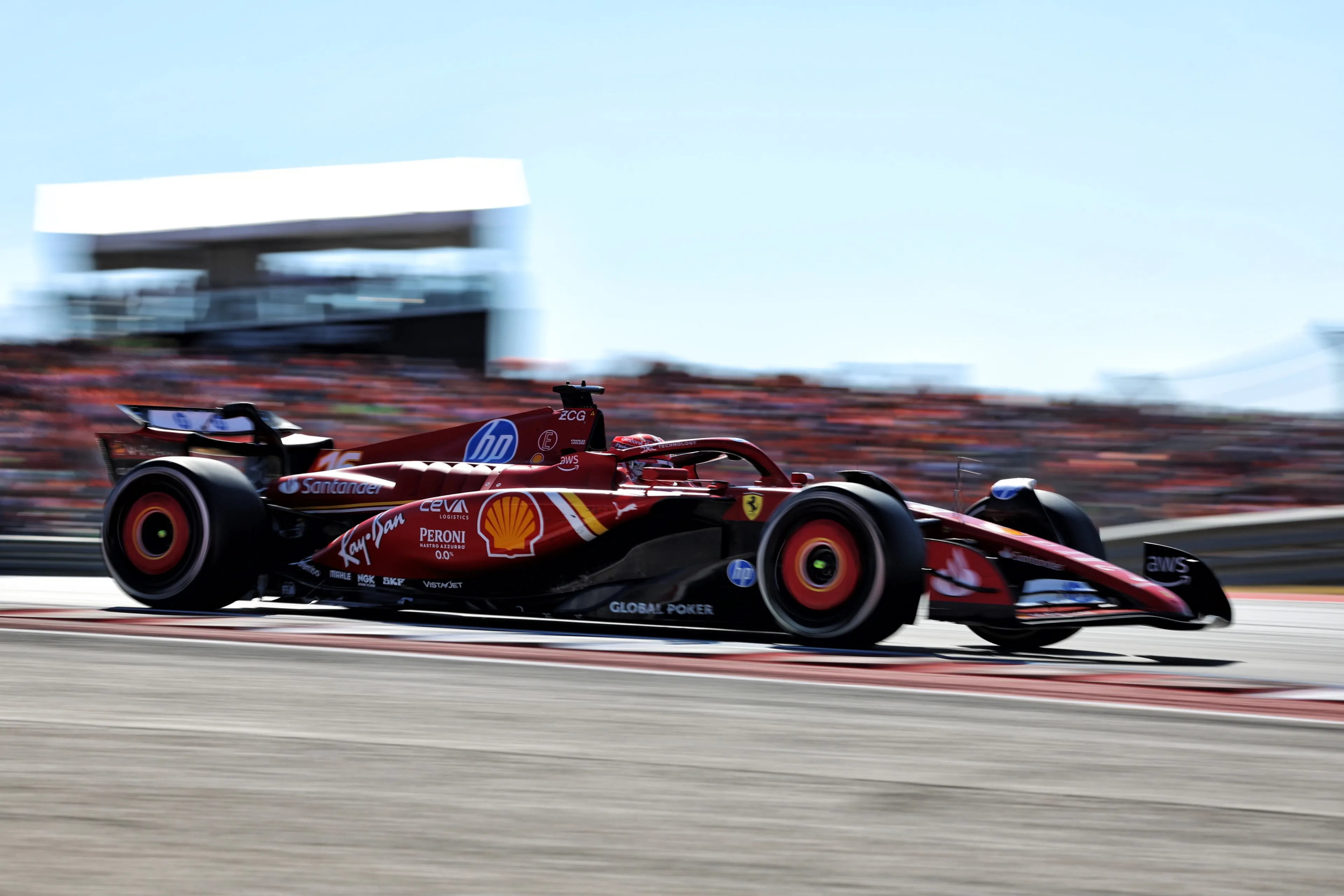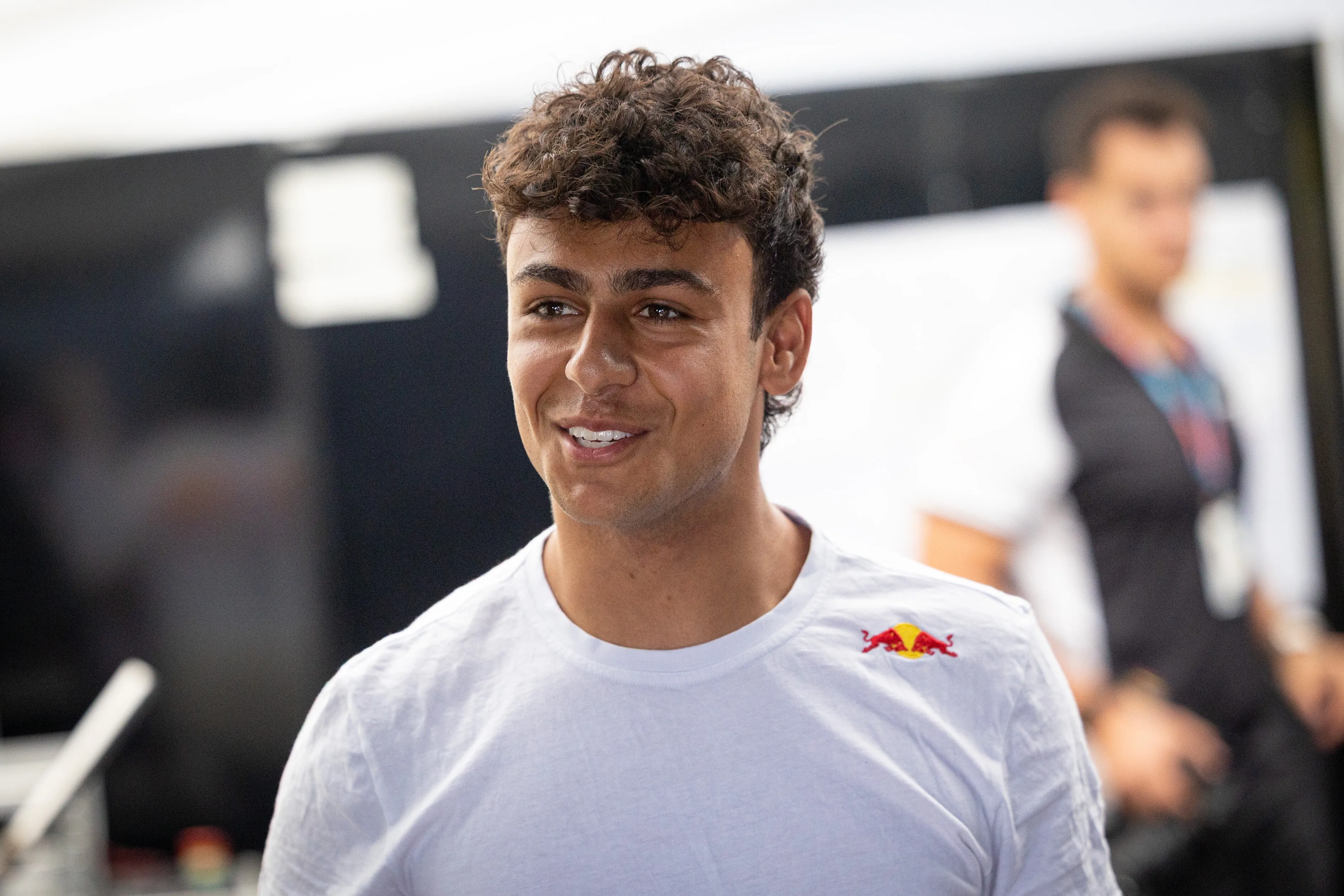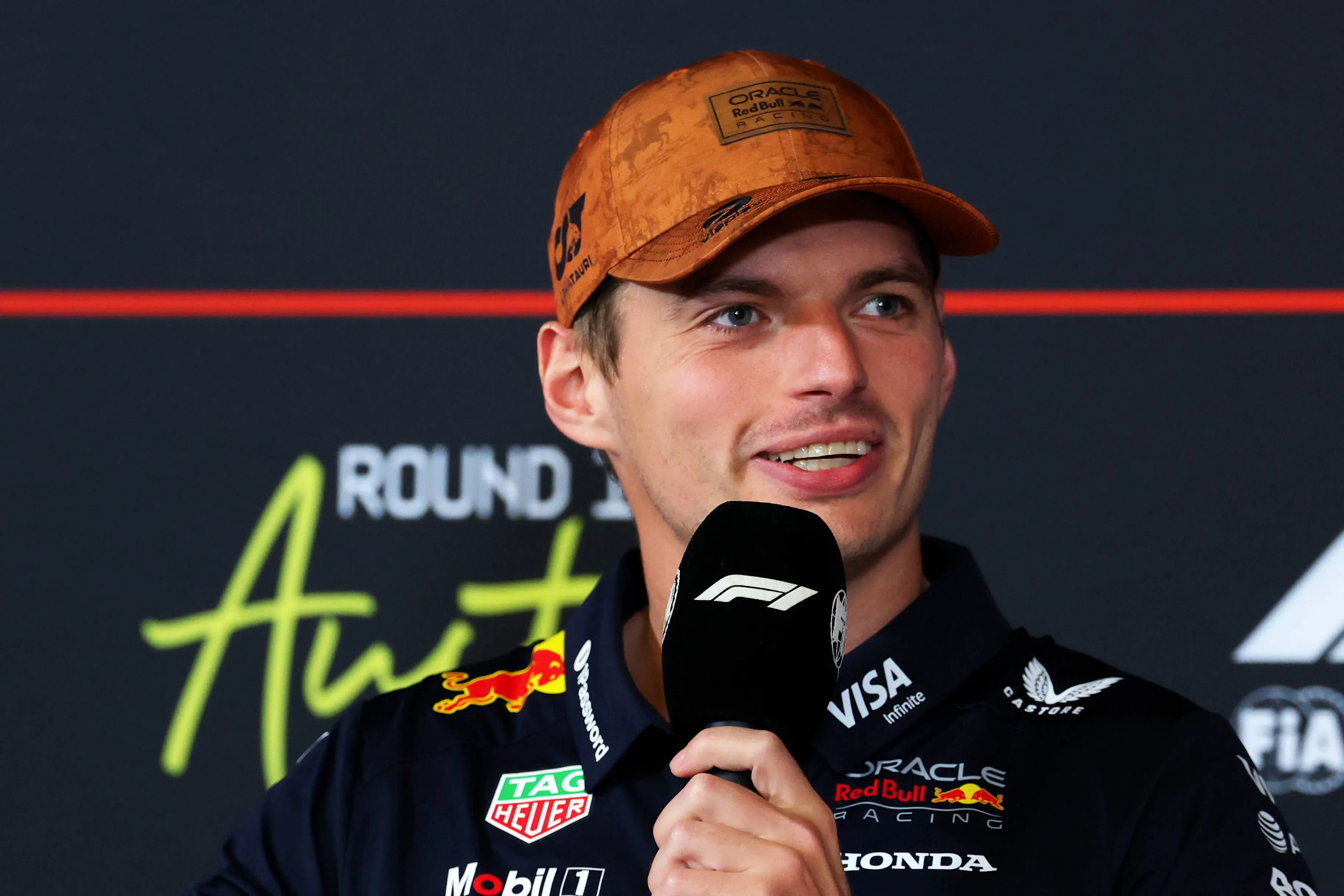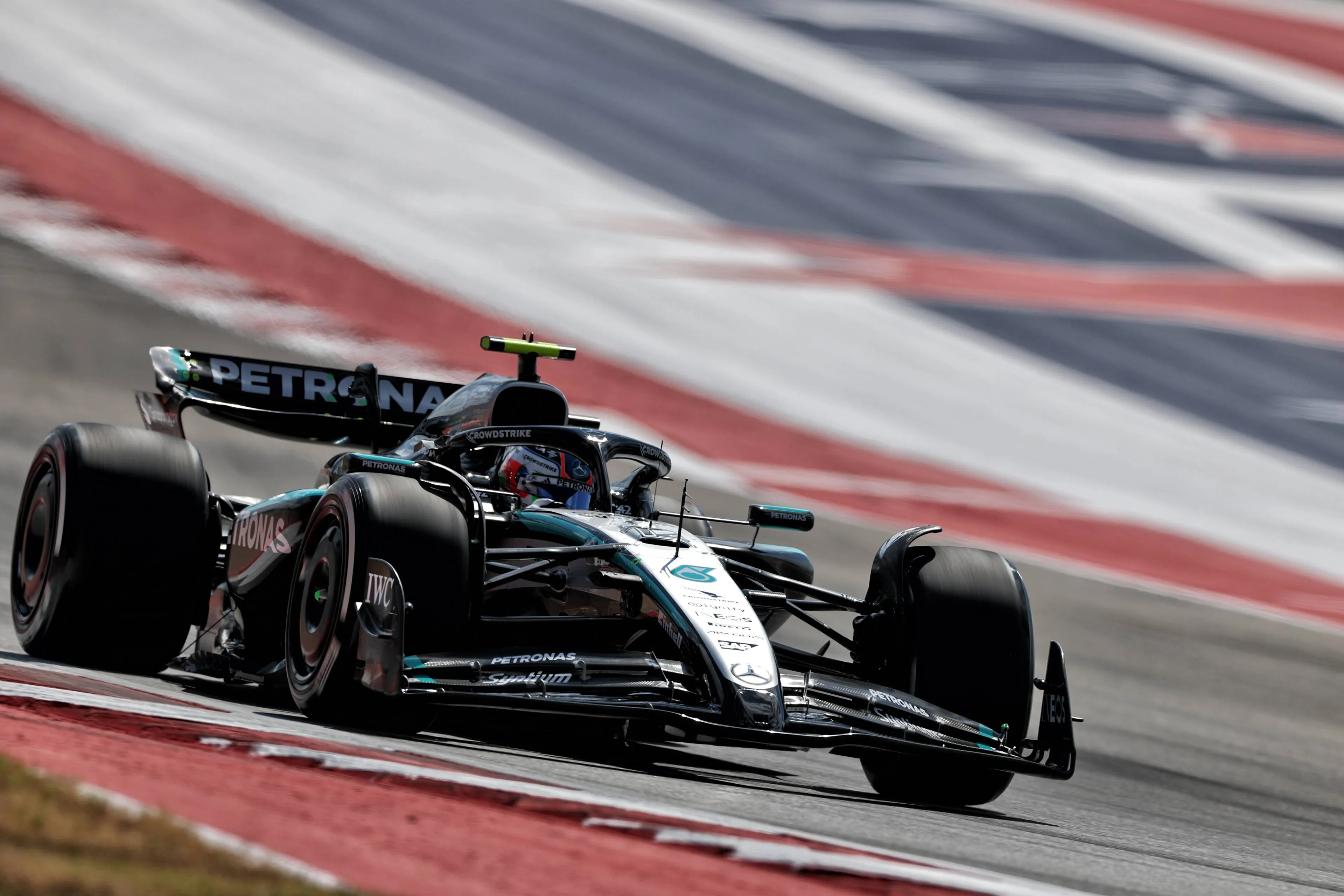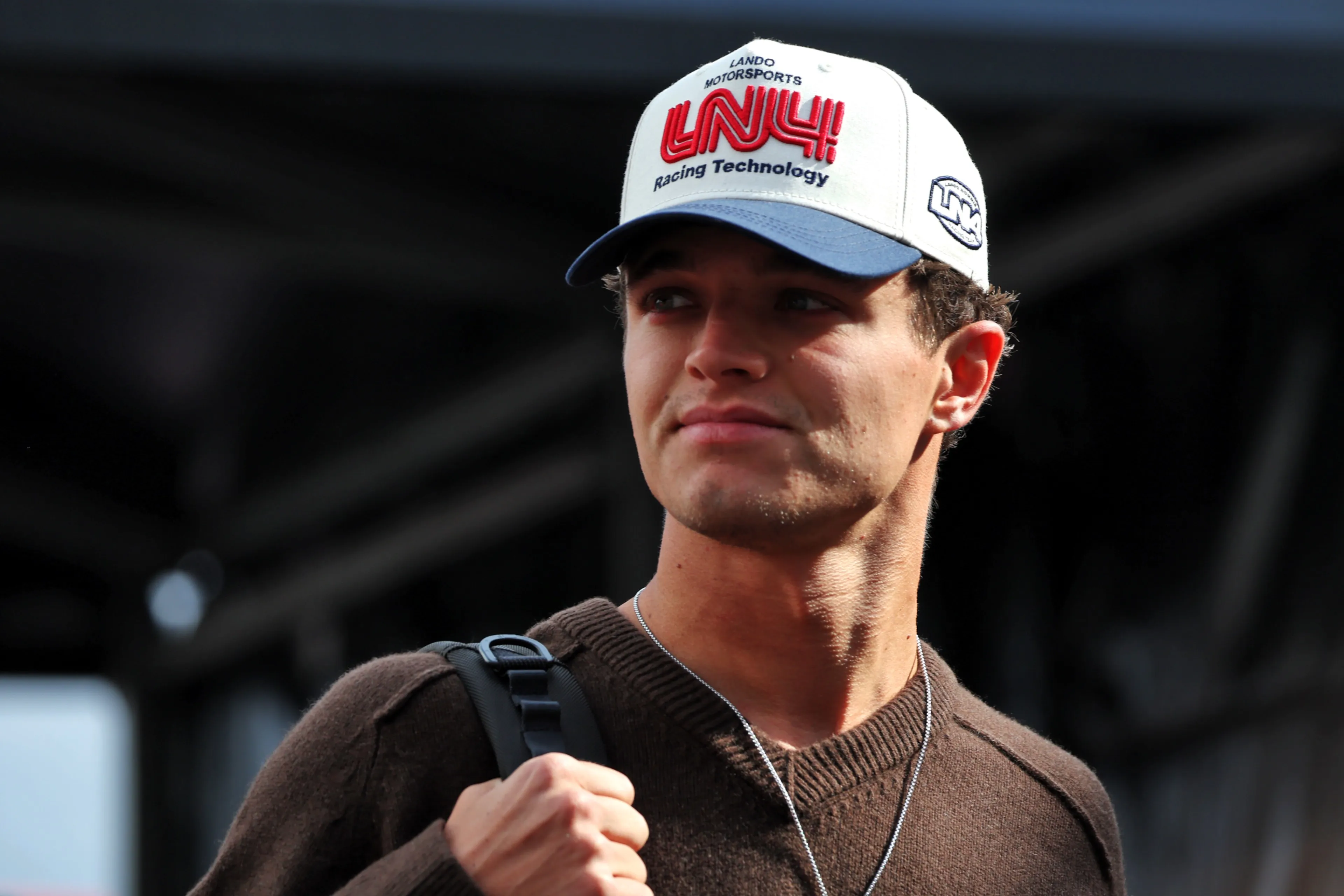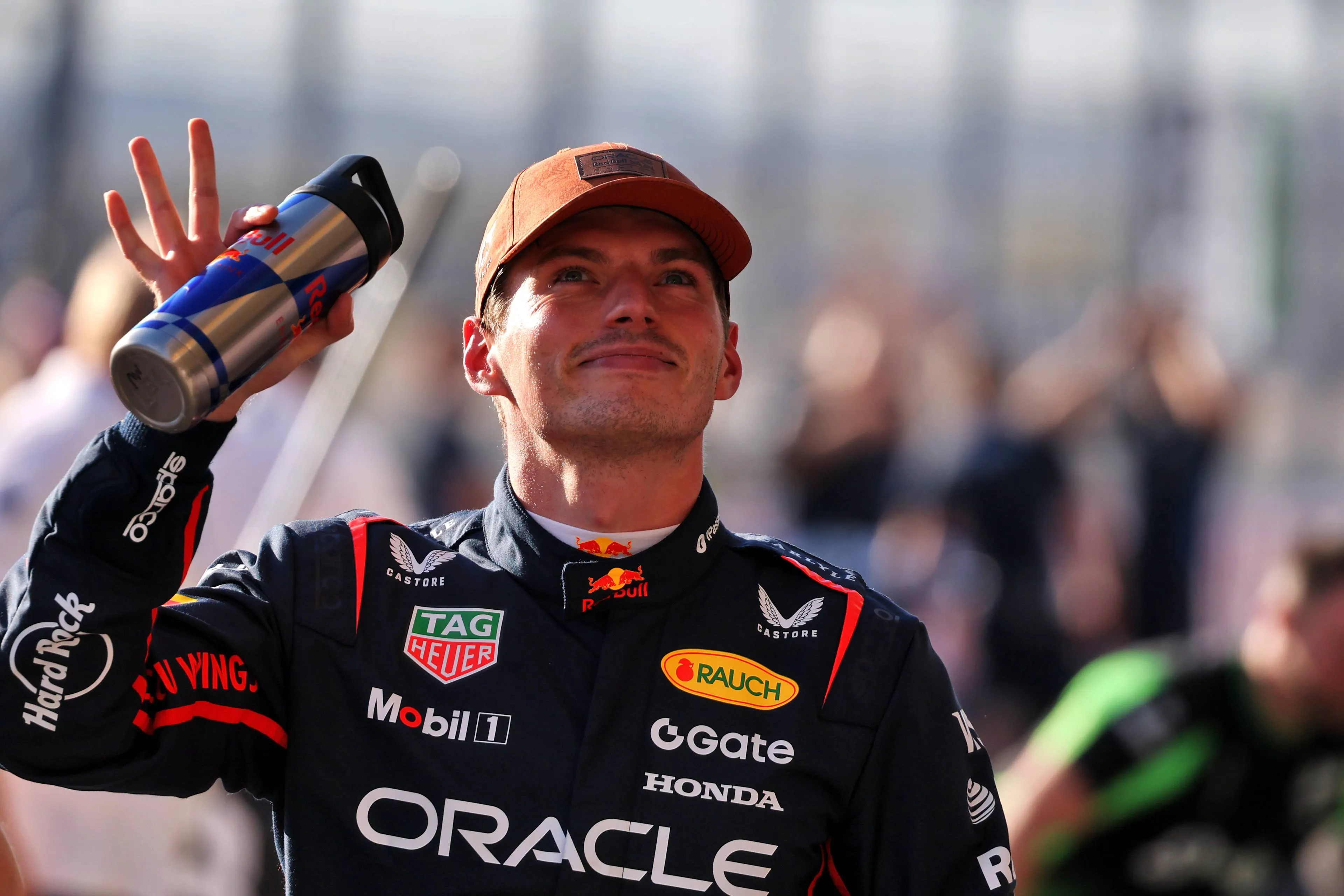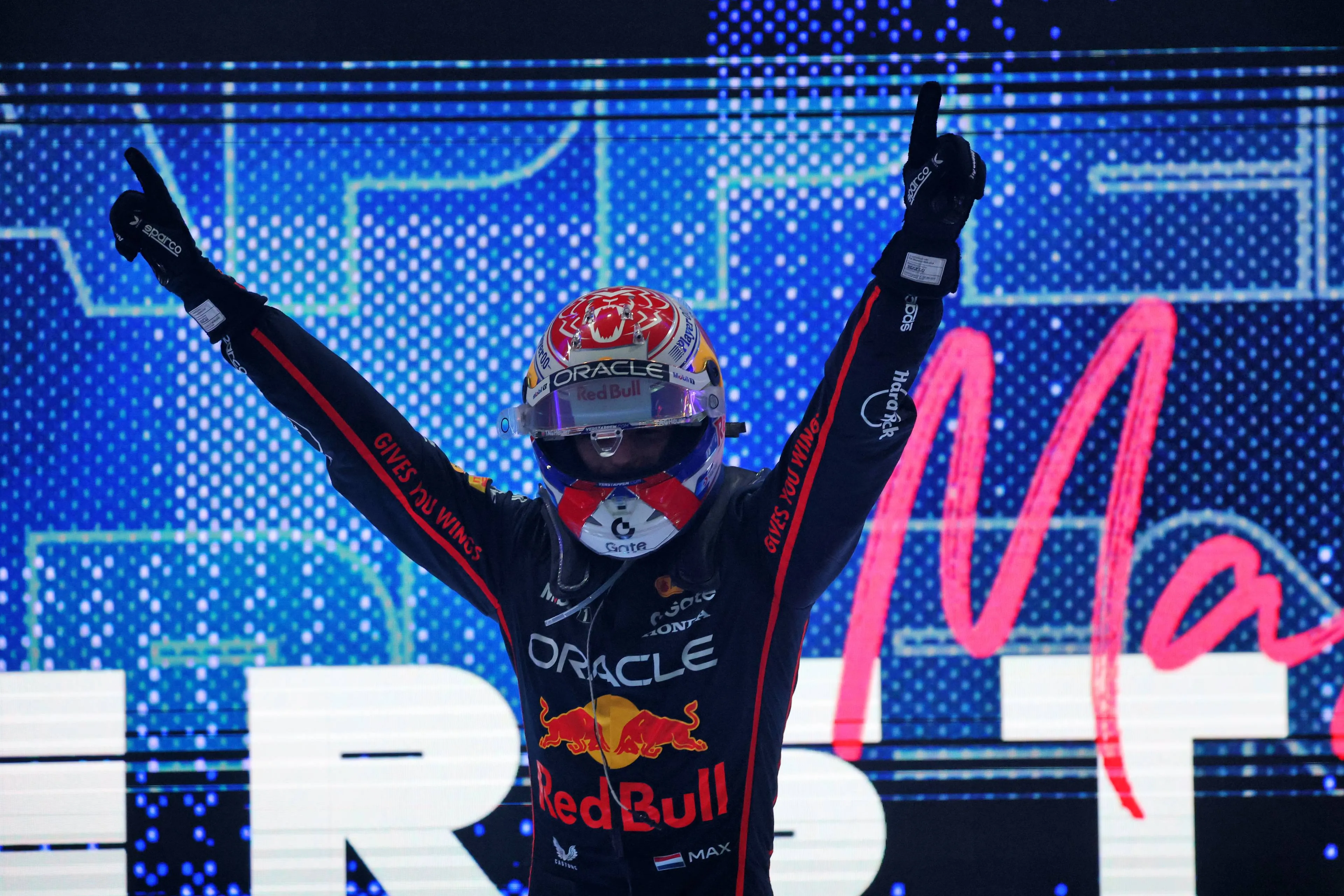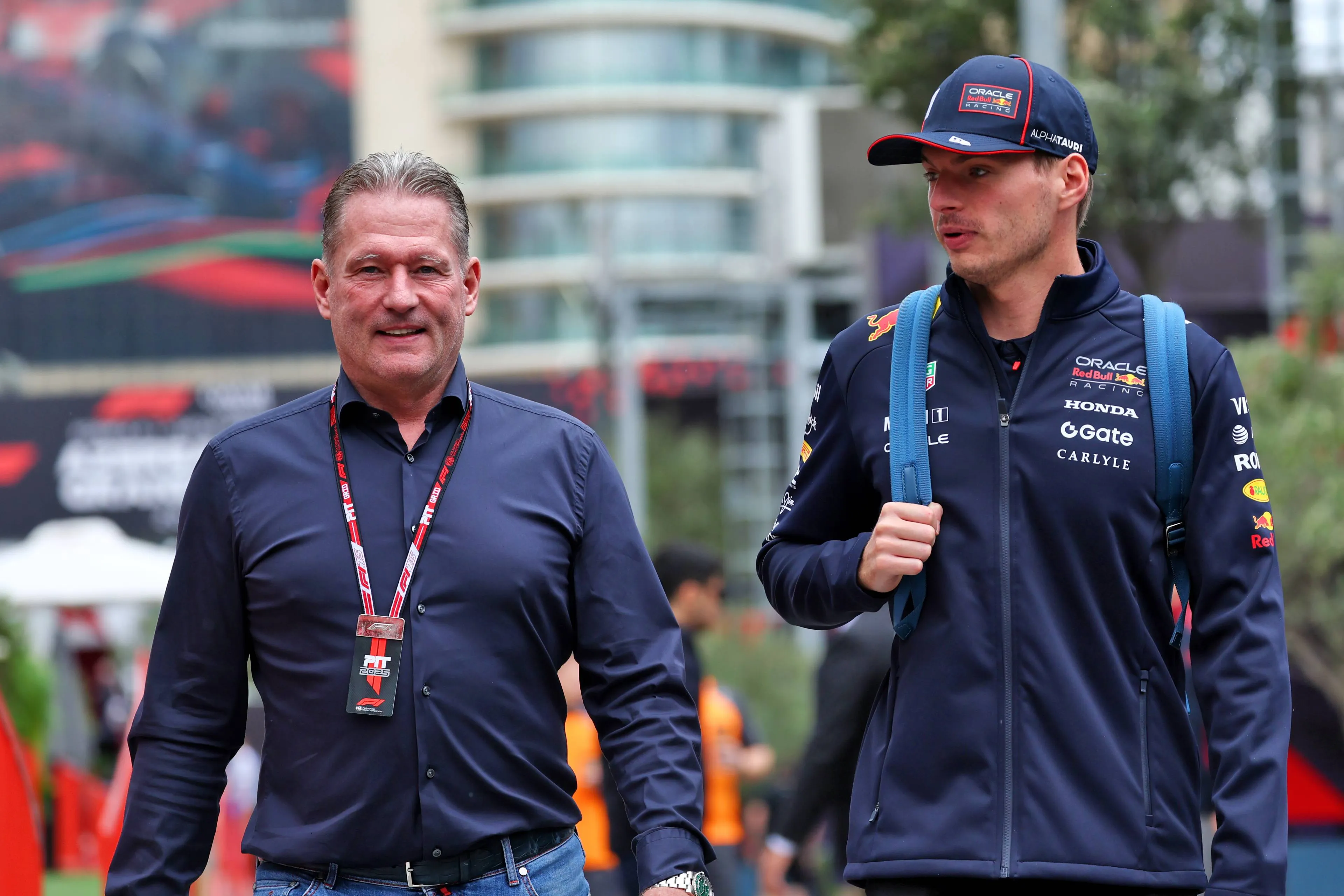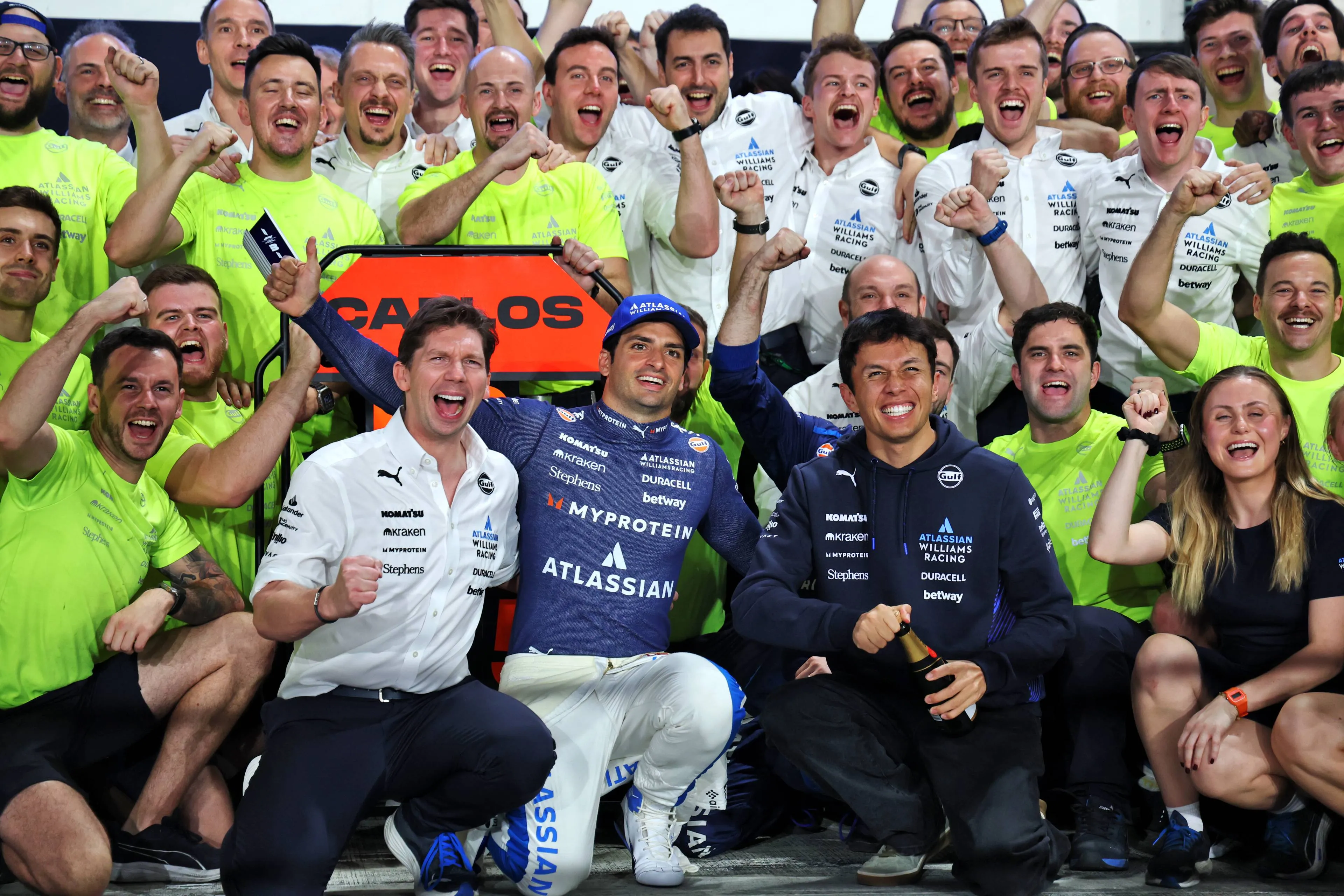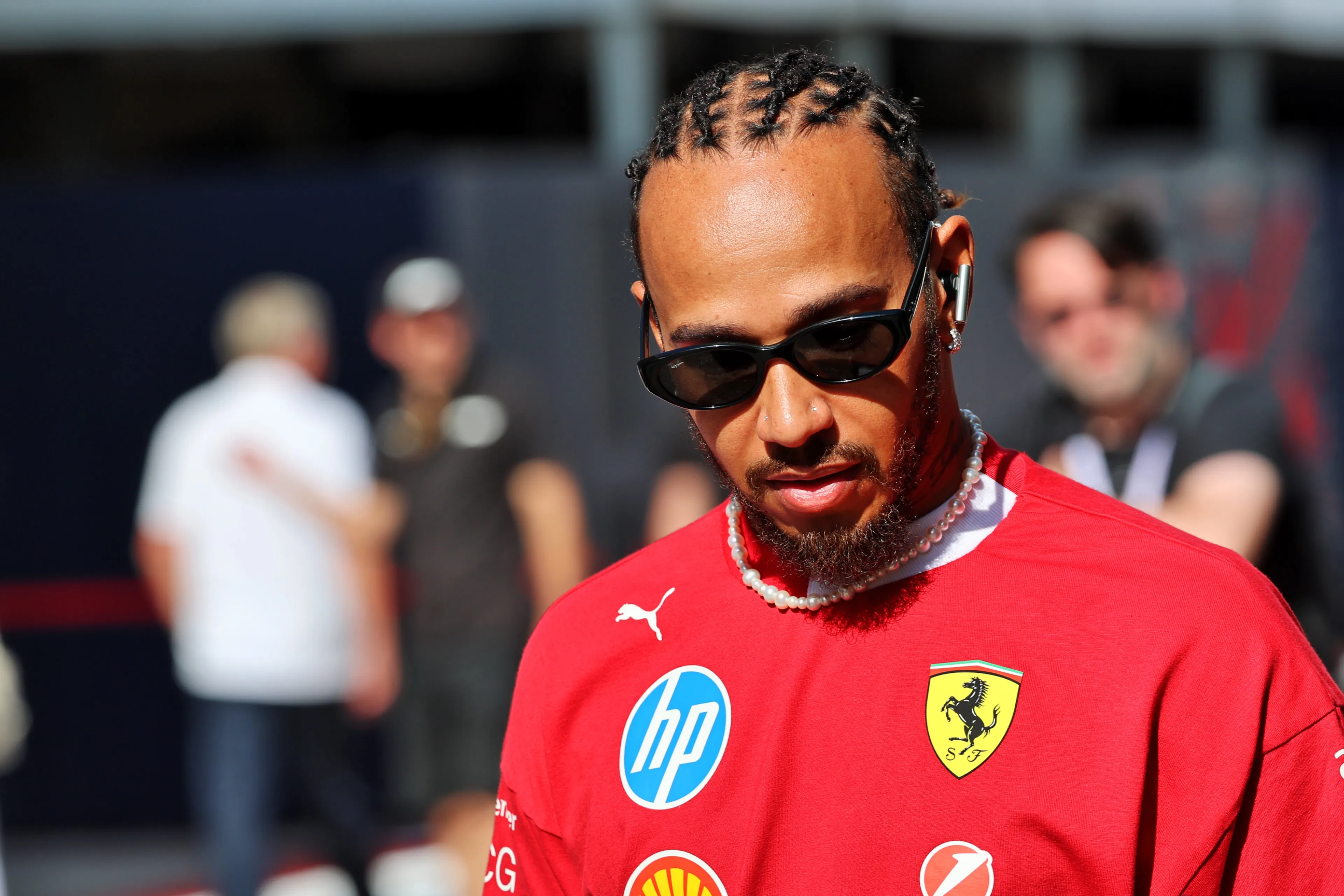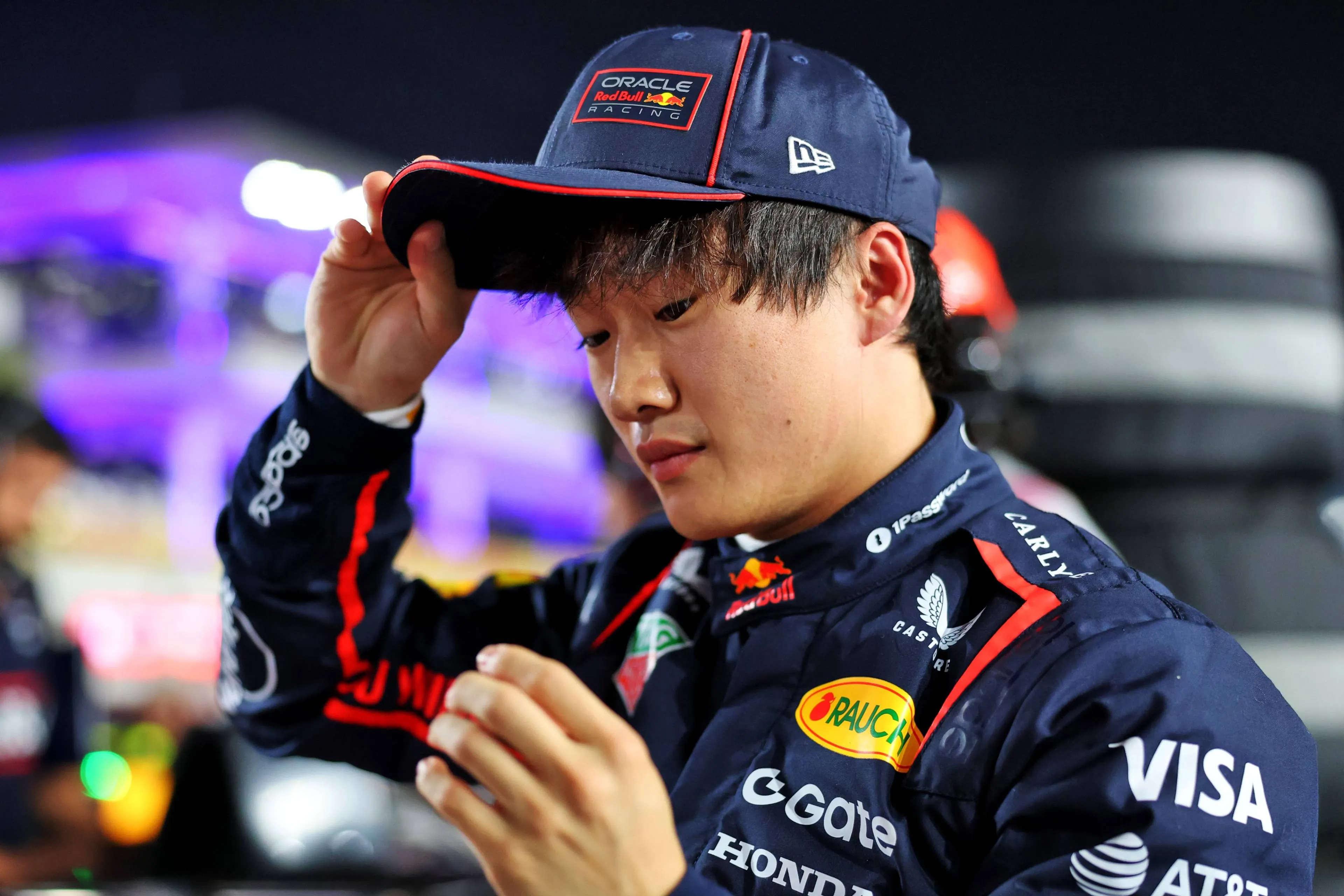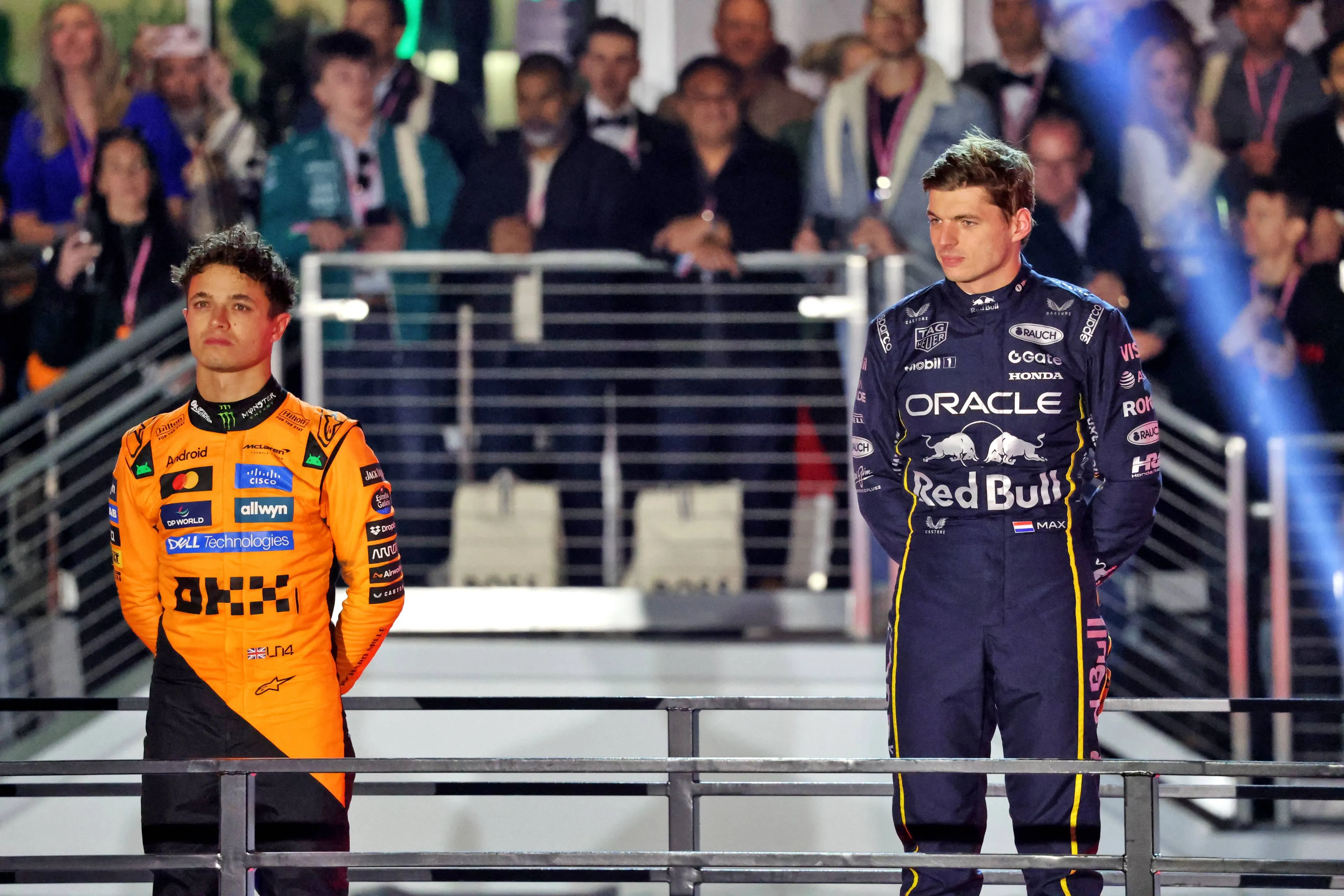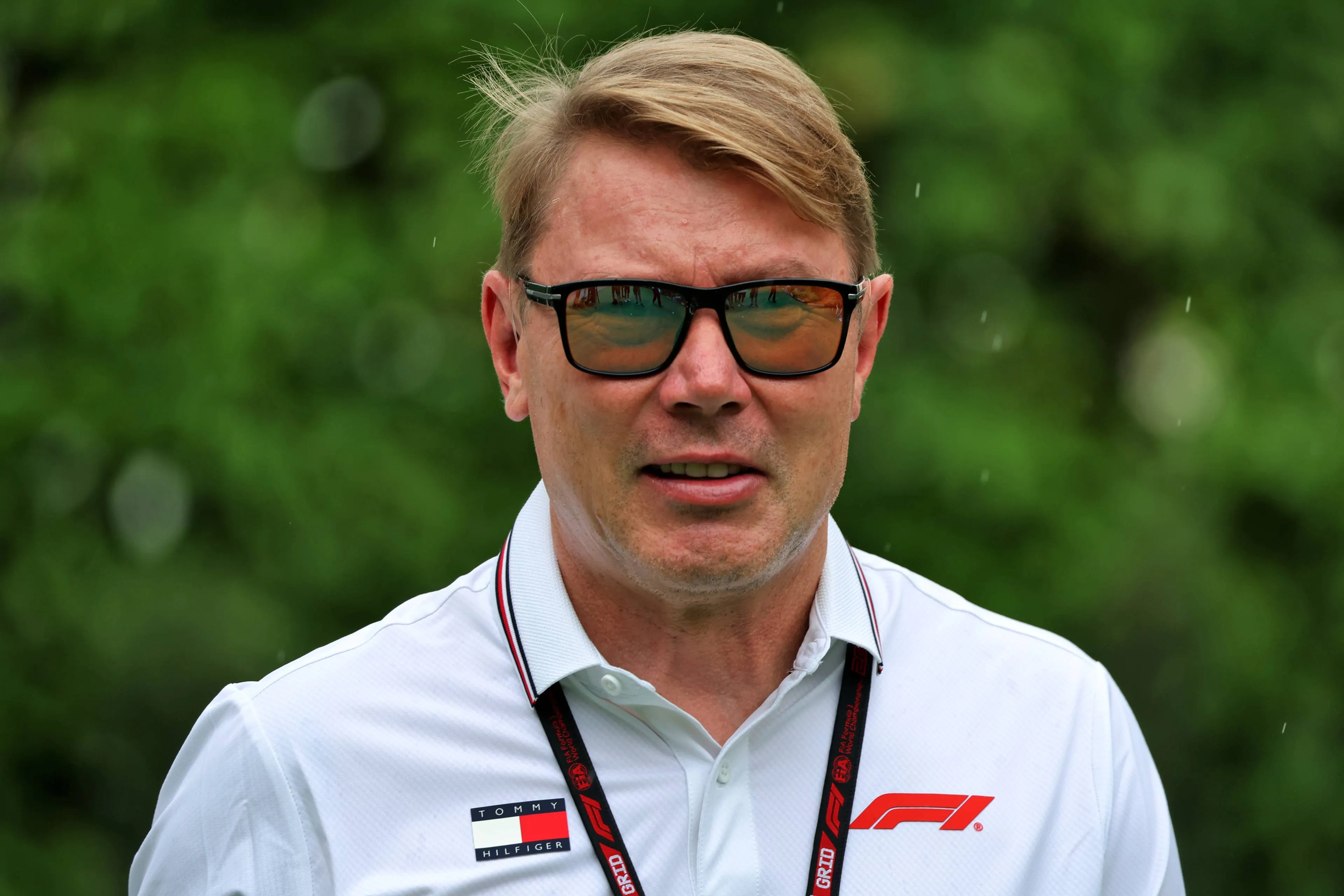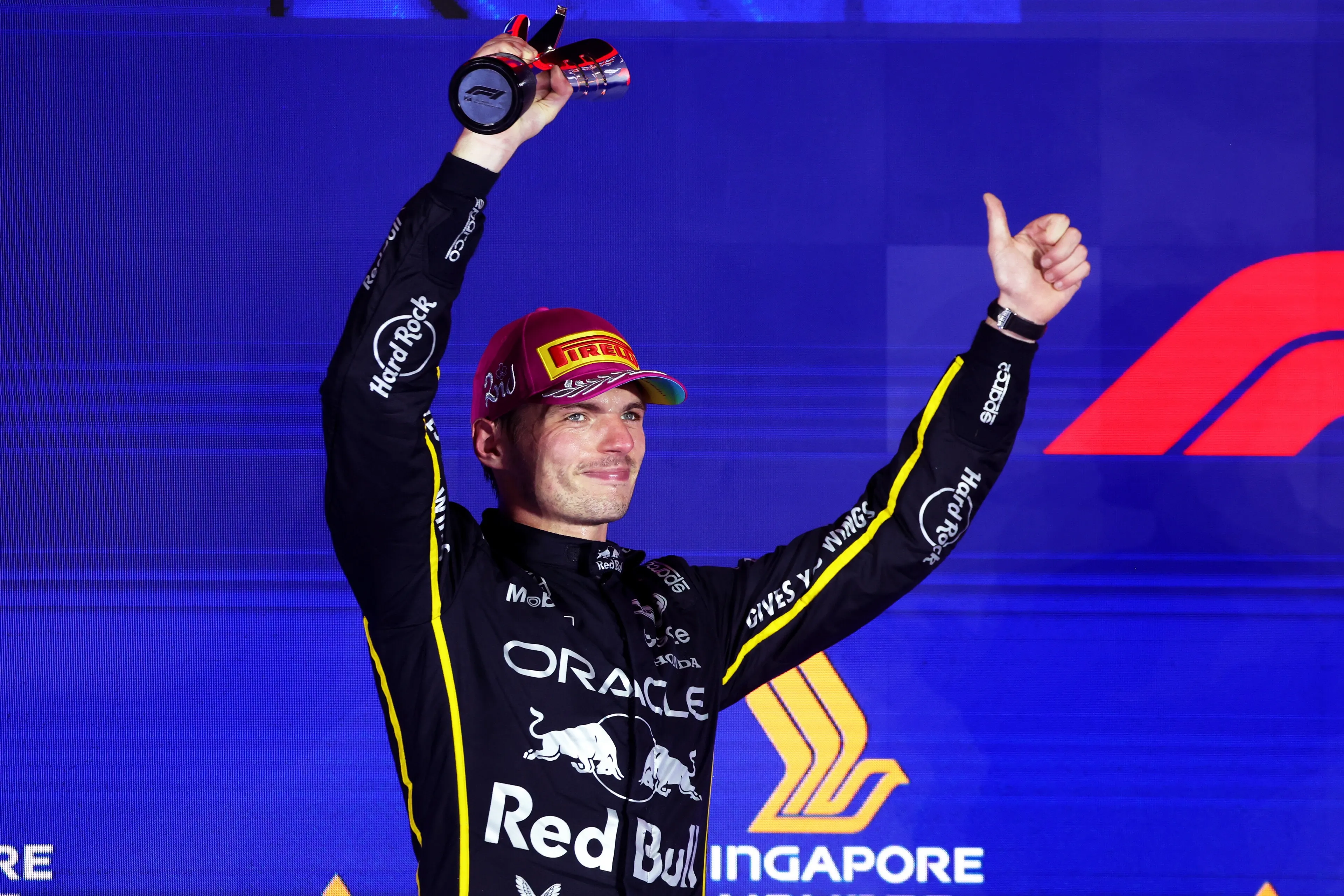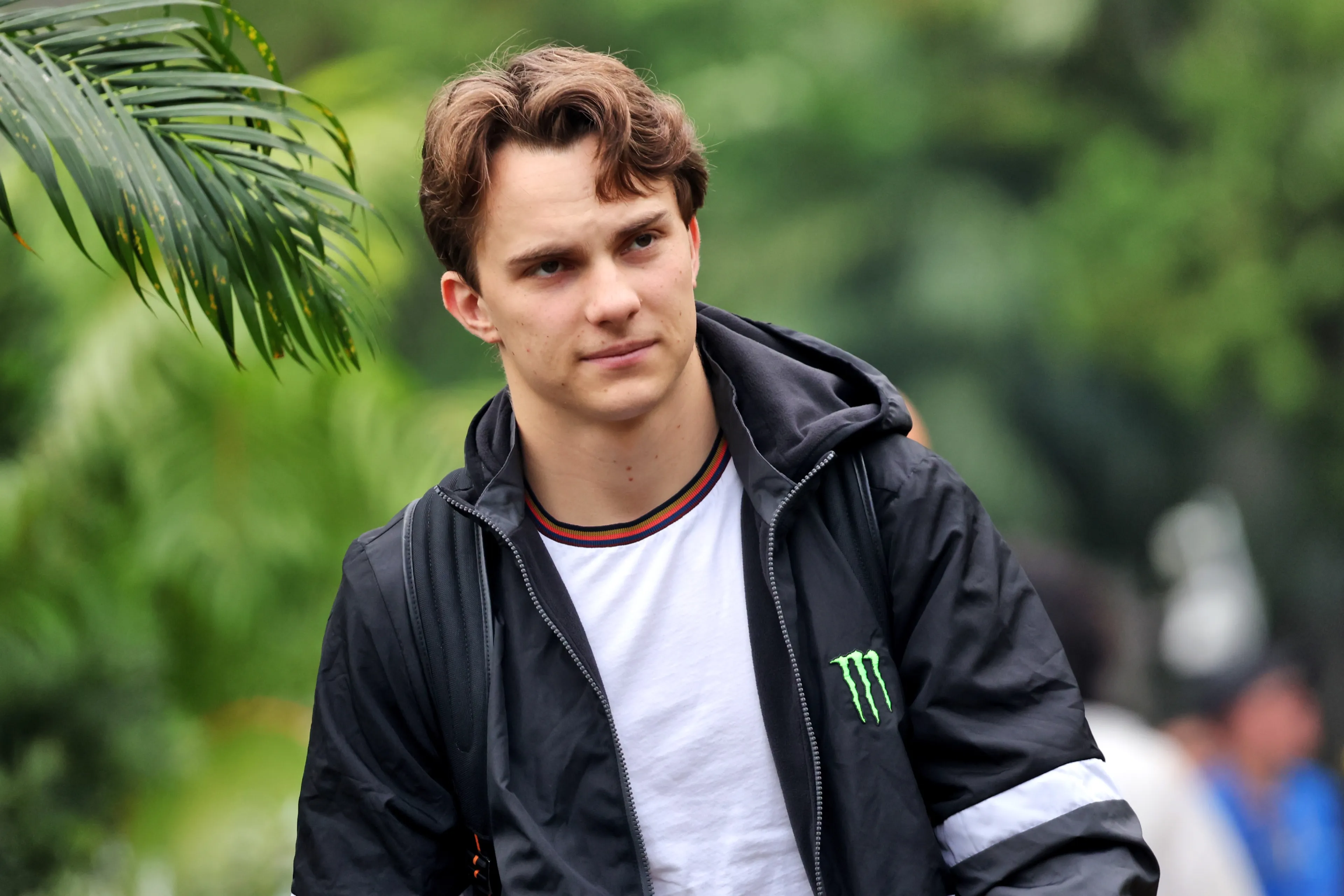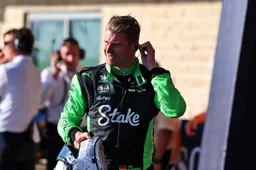F1 Tech | What's behind Verstappen's pole in the Sprint qualifying
12:29, 18 Oct
Updated: 13:27, 18 Oct
0 Comments
The US GP weekend could prove that Red Bull can fight against McLaren until the end of the season.
The first day of action at the fabulous Circuit of the Americas offered an exciting battle between McLaren and Red Bull, who fought against each other during the Sprint qualifying. Norris managed to stay ahead in both SQ1 and SQ2 with the medium tyre, but the Verstappen snatched pole from the Britain in SQ3, with just 0.071 seconds of advantage.
The ability to fight against McLaren on equal terms proves that Red Bull’s RB21 has drastically improved on all different layouts since updates were introduced, and that Verstappen will try to have a concrete go at the Drivers’ Championship title during the six remaining races. Austin was a fundamental test bench for the updated RB21, whose variety of corners and long straights usually bring to life the car’s weaknesses, reflecting the real hierarchies among top teams.
The team successfully passed this test: since the single-hour practice session on Friday, the RB21 seemed to be very balanced both in the high speed corners and in the slow speed sections. Thanks to the great level of downforce generated by the Venturi channels and the very stable aero-mechanical platform, the car really made the difference in the first Sector, characterised by a sequence of high-speed corners, where a well-balanced car and a reactive front-end are needed.
Read also
However, Verstappen still complained of ‘bottoming’: after using the hard C1 tyre for the majority of the session, completing also a brief long run on this set, all team switched to the red ring soft tyre in the closing stage, to test their performance in Sprint qualifying’s sight. During his lap, however, Verstappen’s RB21 was bottoming hard in that first sector, preventing the driver to fully push the car to the limit and gain time on the two McLaren in this favourable section.
The team, in fact, adopted quite an aggressive ride height on the rear axle, to maximise the downforce generated and make the car more balanced between from and rear. The choice was probably too extreme, as the back floor ended up scratching against the floor in the high speed, causing a loss of downforce when the flow of air interrupted and leading to a loss of grip.
As a consequence, Verstappen ended the session only in P5, after demonstrating a very solid performance in the long run made on the hard halfway through the session, a further confirmation that the car improved in terms of tyre management in hot conditions (during FP1 the air temperature was of 30°C, with the track around 40°C).
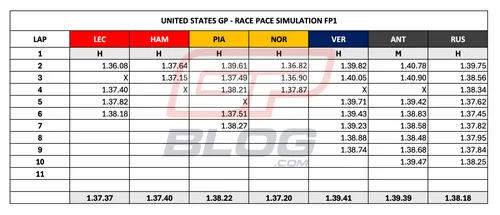
Race pace comparisons during FP1 - Picture: GPblog
After practice, the team made some mechanical changes to slightly rise the car on the car on the rear axle, enough to avoid bottoming without losing too much downforce. The results were extremely positive, as Verstappen managed to get pole in the Sprint qualifying. The performance across the three sectors underlined another interesting aspect: the 4-time World Champion managed to cool the tyres in the middle sector, to then have enough tyre grip in the last sector, where he was losing the most amount of time compared to McLaren.
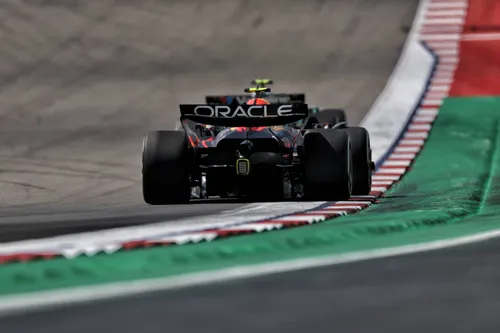
Yuki Tsunoda in action at the United States Grand Prix - Photo: Race Pictures
Why is the RB21 closer to the ground compared to the MCL39?
For what concerns McLaren, they arrived in Austin full of hope to come back to victory, after the last three disappointing weekends. The only practice session seemed to demonstrate the same superiority shown during the first half of the season on similar layouts (like Miami and Austria): thanks to the great load generated by the Venturi channels, in fact, both Norris and Piastri expressed a very strong performance in the last part of the first sector, like in turn 7/8/9, medium speed corners where a balanced car is needed.
Moreover, another strength emerged since FP1: the car’s ability to keep the tyres alive for the whole lap, despite the huge stress put on both axles during the first two sectors of the Circuit of the Americas. Thanks to the brake ducts design, the MCL39 is quite strong in keeping the tyre temperature under control for the whole lap, taking huge benefit from it. As a consequence, Piastri and Norris where the only two divers who had enough tyre and grip left in their sector to set purple lap times.
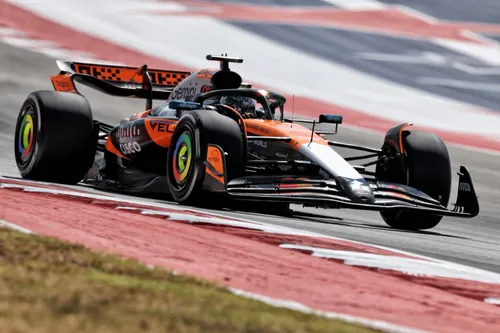
Oscar Piastri during Free Practice 1 at COTA - Photo: Race Pictures
This kind of performance could have indicated that pole position would have been a McLaren’s affair during the Sprint qualifying: however, Piastri seemed on the back foot all Friday long compared to Norris and, Verstappen’s phenomenal final lap, denied Norris the possibility to start from pole in Saturday’s Sprint.
A very interesting technical aspect emerged during qualifying: Red Bull and McLaren had very different ride heights, a choice related the car’s concept design. As highlighted in the picture below, in fact, McLaren adopted a conservative ride height, conscious that their floor is able to produce good amount of downforce even at higher heights (top image, pink arrow).
On the other hand, Verstappen adopted a very aggressive ride height, to maximise the downforce generated by the Venturi channels and have as much downforce as possible through the first sector, where the RB21 was making the difference compared to McLaren (low image, pink arrow). This picture proves that the floor introduced in Monza also allowed the team to run the car lower, with consequent benefits.
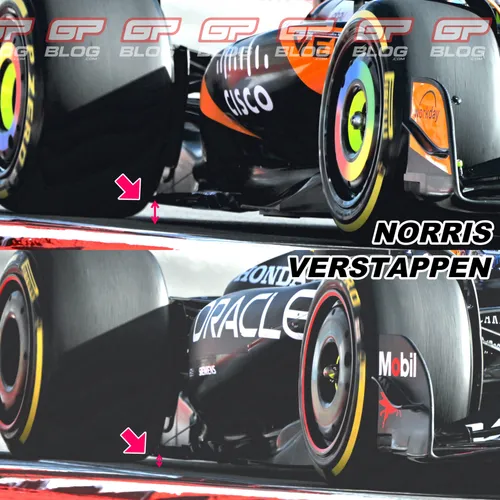
Norris' vs. Verstappen's floor ride height in the Sprint qualifying - Photo: Race Pictures
This said, it’ll be interesting to see McLaren’s performance during the Sprint. Clearly they have demonstrated to be in better shape compared to Singapore and the MCL39’s advantage in tyre management could emerge during the 19 laps of the short race.
Mercedes and Ferrari struggled in Austin
Moving now to analyse Ferrari and Mercedes, they had quite a difficult first day at COTA.
For what concerns Mercedes, they had a very mediocre Sprint qualifying and never seemed able to properly attack McLaren and Red Bull. After the positive weekend in Singapore, the team was hoping that the new front wing could have made the car more balanced also on less suitable layouts, but this din’t seem to be the case in Austin.
Read also
The very versatile layout, together with the hot conditions have re-brought to light some limitations of the W16, including the mediocre performance in the high speed and medium speed corners and the difficulties in rear tyre management in the third sector.
These elements made Russell and Antonelli’s qualifying worse than expected: the Italian couldn’t get in SQ3 and finished in P11, while the Britain ended SQ3 in P5 behind the Sauber of Nico Hulkenberg. It’ll be interesting to see if the team manages to find a better working window for the car between the Sprint and Saturday’s qualifying, allowing drivers to express a stronger performance in the main qualifying on Saturday.
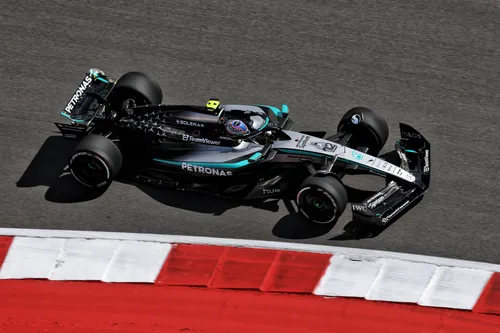
Kimi Antonelli in FP1 action at the United States Grand Prix - Photo: Race Pictures
Last but not least, Ferrari expressed a very similar performance to Miami: the track layout, together with the amount of bumps, exploited all the limitations of the SF-25. Since the beginning of the season, in fact, Ferrari have always been quite strong on those layouts where compromises in terms of set-up weren’t required, like it happened in Monaco or Silverstone.
However, the Circuit of the Americas’ mixed corners and long straights just show the fact that the SF-25 doesn’t have a specific strength, but rather expresses a very mediocre performance in all different corners.
Moreover, the bumpy nature of the track forces all teams to rise their cars but Ferrari loses more than competitors from this point of view: the SF-25, in fact, is a car designed to run as close to the ground as possible, in order to maximise the downforce generated from the Venturi channels and express peak performance. On such layout, however, is impossible to run the car too low, as the plank wear excessively and can cause a disqualification during the main race, as it happened in 2023.
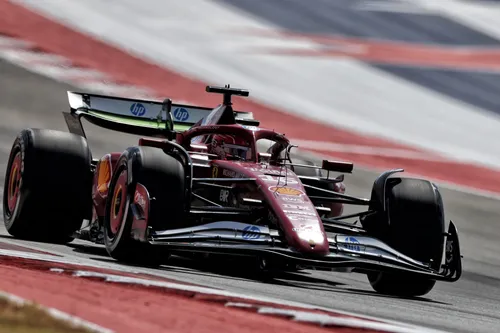
Charles Leclerc at the US Grand Prix - Photo: Race Pictures
As a consequence of these technical aspects, Ferrari’s pace during the Sprint qualifying was quite disappointing: Hamilton and Leclerc struggled to get into SQ3, with the Britain who finished SQ2 only in P10. SQ3 didn’t go much better, with drivers finishing the session in P8 and P10, behind the two Williams, both Mercedes and even a Sauber.
For them it’ll be particularly difficult to get the second place in the Constructors’ Championship, especially after the late rise of Mercedes and Red Bull. The negative moment the team is going through also reflects the fact that, after winning in Austin 12 months ago, the team have failed to deliver a strong car since the beginning of the SF-25 and never expressed a positive performance even after a revised rear suspension was introduced in Spa-Francorchamps.
Read also
Read more about:
Rumors
Popular on GPBlog
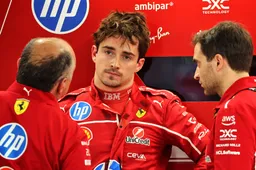
1
Vasseur responds to Hamilton and Leclerc’s frustration after Qatar GP misery
2931 times read
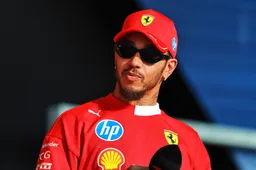
2
Hamilton blasts the FIA and slams Qatar GP as worst F1 race of 2025
2457 times read
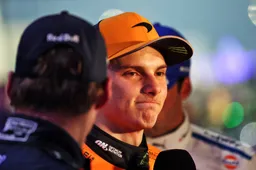
3
F1 LIVE | Hadjar to drive alongside Verstappen at Red Bull in 2026
2345 times read
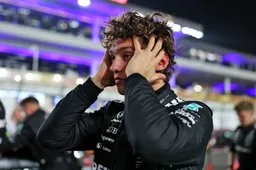
4
Wolff reveals talks with Lambiase over storm triggering Antonelli comment
1965 times read
Loading


